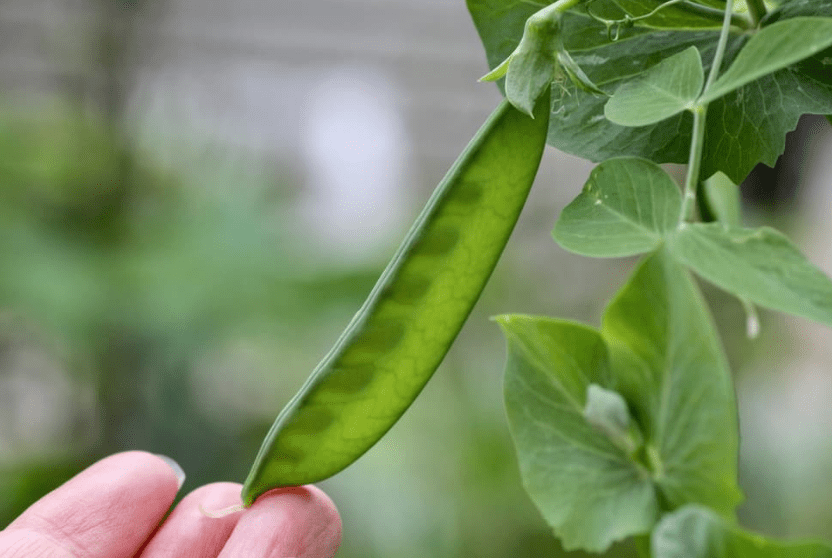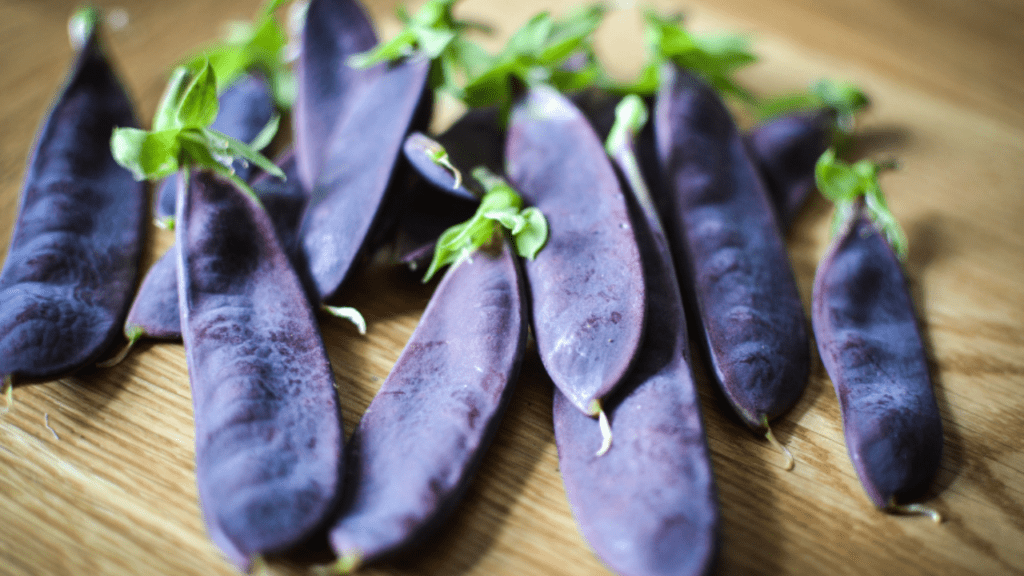
Mangetout Magic: Growing Tips and Nutritional Benefits
Mangetout, also known as snow peas, are a delicious and nutritious addition to any garden and diet. In this article, we will dive into the best practices for growing mangetout and the nutritional benefits they offer. Whether you are an experienced gardener looking to expand your crop selection or a health-conscious individual looking to add more nutrient-rich foods to your diet, this article will provide you with valuable information on how to grow and enjoy mangetout. Let’s explore the magic of mangetout and all that it has to offer.
Table of Contents
ToggleVarieties of Mangetout
Different varieties of mangetout (e.g., Oregon Sugar Pod, Mammoth Melting Sugar)
Mangetout, also known as snow peas, come in different varieties, such as Oregon Sugar Pod and Mammoth Melting Sugar. These varieties offer a range of flavors and textures, allowing you to experiment and find the perfect snow pea for your tastes. Oregon Sugar Pod is a popular variety that produces sweet and tender pods, perfect for snacking or adding to stir-fries. Mammoth Melting Sugar, on the other hand, is known for its large, juicy pods that are great for steaming or sautéing. No matter which variety you choose, mangetout is a versatile and delicious addition to any garden or meal.
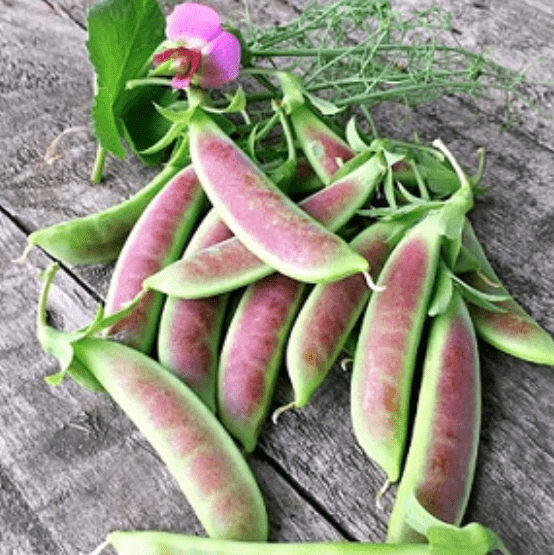
Characteristics and differences between sugar snap peas and snow peas
Mangetout, also known as snow peas, are often confused with sugar snap peas, but they are actually two different types of peas. Snow peas, also known as mangetout, have flat, edible pods with small peas inside. They are commonly used in stir-fries and salads. On the other hand, sugar snap peas have thicker, plumper pods with larger peas inside. They are often eaten whole, pod and all, and are great for snacking. Both snow peas and sugar snap peas are nutritious and delicious, but they have slightly different flavors and textures, so it’s worth trying both to see which you prefer.
Growing Mangetout: Planting and Preparation
Choosing the right location for growing mangetout
Is crucial for a successful harvest. Mangetout plants thrive in well-drained, fertile soil with plenty of sunlight. It’s important to choose a location that receives at least 6-8 hours of sunlight per day. This will ensure that the plants have enough energy to produce healthy, tasty pods.
In addition to sunlight, mangetout plants also need good air circulation to prevent the development of diseases. Choose a location that is not too sheltered, and avoid planting in areas where water tends to pool or stagnate.
When it comes to soil, mangetout plants prefer a slightly acidic to neutral pH level. Prepare the soil by adding organic matter such as compost or well-rotted manure to improve its fertility and structure. This will provide the plants with the nutrients they need to thrive.
Consider planting mangetout near a trellis or support structure, as they are climbing plants that will benefit from some form of support as they grow. This will also make it easier to harvest the pods when they are ready.
By choosing the right location and preparing the soil properly, you can ensure a successful harvest of delicious mangetout pods for your garden and meals.
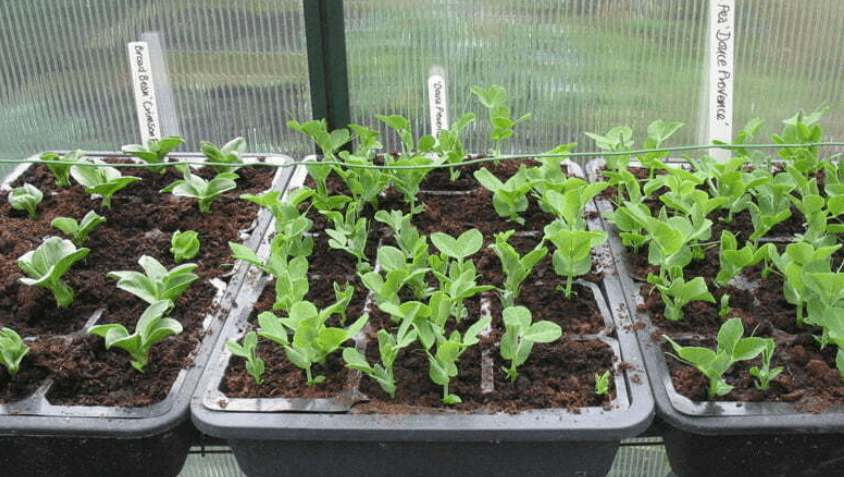
Soil preparation and ideal growing conditions
Are essential for the success of any plant, including mangetout. When selecting a location for planting, it is important to choose an area that is not too sheltered, as mangetout plants benefit from good air circulation. Additionally, it is best to avoid planting in areas where water tends to pool or stagnate, as this can lead to root rot and other issues.
In terms of soil, mangetout plants prefer a slightly acidic to neutral pH level. It is important to prepare the soil by adding organic matter such as compost or well-rotted manure to improve its fertility and structure. This will provide the plants with the essential nutrients they need to thrive and produce healthy, flavorful pods.
Consider planting mangetout near a trellis or support structure, as they are climbing plants that will benefit from some form of support as they grow. This will also make it easier to harvest the pods when they are ready for picking. By taking the time to properly prepare the soil and provide the ideal growing conditions, you can ensure a successful harvest of delicious mangetout pods for your garden and meals.
Planting methods: direct seeding vs. transplanting seedlings
Is a popular method of planting for many gardeners. This method involves starting seeds indoors or buying pre-grown seedlings and then transplanting them into the garden once they are strong enough to survive on their own. Transplanting seedlings allows for more control over the growing environment and can result in faster and more uniform growth. However, it does require more time and effort upfront to care for the seedlings indoors before they are ready to be transplanted.
On the other hand, direct seeding involves planting seeds directly into the ground where you want the plants to grow. This method is simpler and requires less maintenance upfront, but it can result in uneven germination and slower growth. However, direct seeding is a more natural and traditional method of planting, and it allows the plants to develop strong root systems from the beginning.
Both planting methods have their advantages and disadvantages, and the best method for you will depend on your specific gardening goals, the type of plant you are growing, and your personal preferences. It’s important to research and experiment with both methods to determine which one works best for your garden. Ultimately, the goal is to provide the best growing conditions for your plants to thrive and produce a bountiful harvest.
Optimal Care for Mangetout Plants
Watering requirements for mangetout (frequency and amount)
Mangetout plants thrive in well-drained soil and require regular watering to keep the soil consistently moist. It’s important to water the plants deeply, allowing the water to reach the roots, but be careful not to overwater and cause waterlogged soil. During hot and dry periods, it’s best to water the plants in the morning or evening to prevent the leaves from burning in the sun. The frequency of watering will depend on the weather conditions and the moisture levels in the soil, so it’s important to monitor the plants and adjust the watering schedule as needed. Providing the right amount of water is essential for the healthy growth and development of mangetout plants.
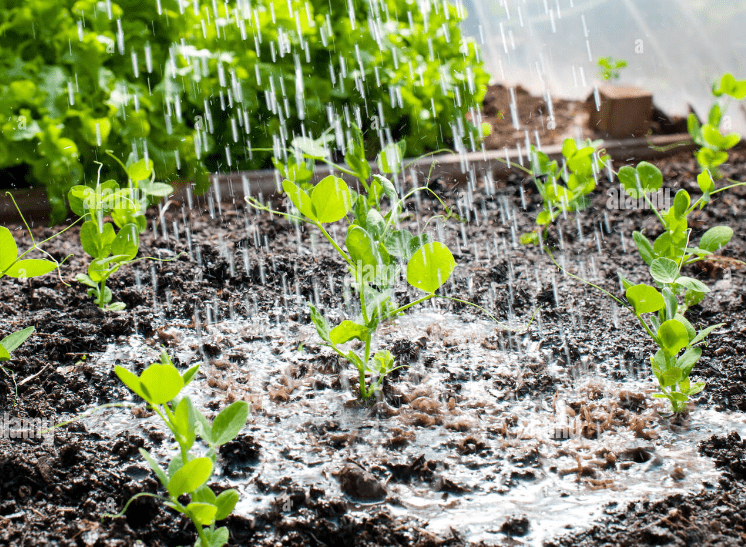
Fertilization schedule and nutrient requirements
For your garden will depend on the specific needs of the plants you are growing. It’s important to research and experiment with different methods to determine which one works best for your garden. Some plants may require more frequent fertilization, while others may have specific nutrient requirements. It’s important to provide the best growing conditions for your plants to thrive and produce a bountiful harvest. When it comes to mangetout plants, they thrive in well-drained soil and require regular watering to keep the soil consistently moist. It’s important to water them deeply, allowing the water to reach the roots, but be careful not to overwater and cause waterlogged soil. During hot and dry periods, it’s best to water the plants in the morning or evening to prevent the leaves from burning in the sun. The frequency of watering will depend on the weather conditions and the moisture levels in the soil, so it’s important to monitor the plants and adjust the watering schedule as needed. Providing the right amount of water is essential for the healthy growth and development of mangetout plants. As for fertilization, it’s important to provide the necessary nutrients for the plants to thrive. This may include using organic compost or fertilizer to ensure that the plants are getting the nutrients they need. It’s important to follow a fertilization schedule and monitor the plants to determine if they need additional nutrients. By providing the right amount of water and the necessary nutrients, you can help your mangetout plants grow and produce a bountiful harvest.
Support systems for climbing varieties of mangetout
Are essential for their healthy growth and productivity. You can use trellises, stakes, or netting to support the plants as they grow. This will help prevent the plants from becoming tangled and will make it easier for the pods to develop and ripen. It’s important to set up the support system early in the growing season to avoid disrupting the plants later on. Make sure to secure the support system firmly in the ground to withstand the weight of the plants as they grow. Regularly check and adjust the support system to ensure that it is providing adequate support for the climbing mangetout plants. By providing a sturdy support system, you can help the plants grow upwards and produce a higher yield of delicious mangetout pods.
Managing Pests and Diseases
Common pests affecting mangetout plants (e.g., aphids, pea moths)
Pests like aphids and pea moths can affect mangetout plants, but there are ways to manage them. One method is to use natural predators such as ladybugs to control aphid populations. Additionally, you can use insecticidal soap to get rid of aphids without harming beneficial insects. To prevent pea moths, you can cover the plants with fine netting to protect them from these pests. It’s also important to regularly check the plants for any signs of pests or diseases and take appropriate action to manage them. By being proactive in managing pests and diseases, you can help your mangetout plants thrive and produce a bountiful harvest.
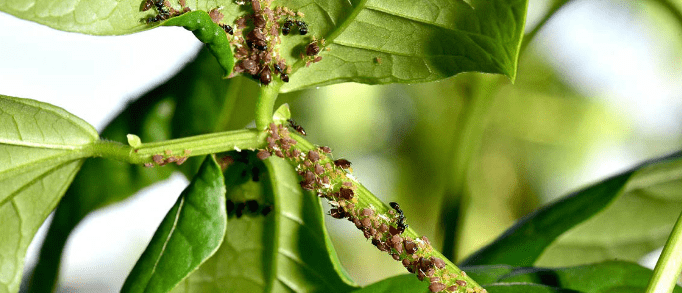
Organic pest control methods and prevention tips
Are essential for maintaining a healthy and thriving garden. One effective method is to encourage beneficial insects, such as ladybugs, lacewings, and parasitic wasps, to control pest populations naturally. These insects can help to keep pests like aphids, mites, and caterpillars in check without the need for harmful pesticides. Additionally, using plant-based repellents and sprays made from ingredients like neem oil, garlic, and chili peppers can help to deter pests from damaging your plants.
Cultural practices, such as crop rotation, companion planting, and maintaining healthy soil, can also help to prevent pest infestations. By rotating your crops and planting pest-resistant varieties, you can reduce the likelihood of pests taking hold in your garden. Companion planting, which involves growing mutually beneficial plant combinations, can also help to deter pests and attract beneficial insects.
Regularly inspecting your plants for signs of pests and diseases is crucial for early detection and intervention. By monitoring your garden closely, you can identify and address pest and disease problems before they escalate. Removing and destroying infected plants, as well as practicing good garden hygiene, can help to prevent the spread of pests and diseases.
Incorporating these organic pest control methods and prevention tips into your gardening practices can help to create a healthy and sustainable garden environment. By using natural and environmentally friendly approaches to pest management, you can promote the health of your plants and the overall ecosystem of your garden.
Recognizing and treating common diseases (e.g., powdery mildew, root rot)
Recognizing and treating common diseases in your garden is crucial for maintaining healthy plants. By rotating your crops and planting pest-resistant varieties, you can reduce the likelihood of pests taking hold in your garden. Companion planting, which involves growing mutually beneficial plant combinations, can also help to deter pests and attract beneficial insects. Regularly inspecting your plants for signs of pests and diseases is crucial for early detection and intervention. By monitoring your garden closely, you can identify and address pest and disease problems before they escalate. Removing and destroying infected plants, as well as practicing good garden hygiene, can help to prevent the spread of pests and diseases. Incorporating these organic pest control methods and prevention tips into your gardening practices can help to create a healthy and sustainable garden environment. By using natural and environmentally friendly approaches to pest management, you can promote the health of your plants and the overall ecosystem of your garden.
Harvesting Mangetout Pods
Signs of readiness for harvesting mangetout pods
- The mangetout pods should be firm and plump when ready for harvesting.
- They should be a vibrant green color and feel crisp to the touch.
- The pods should be about 3-4 inches long, depending on the variety.
- Avoid harvesting pods that are yellowing or starting to shrivel, as they may be overripe.
- Gently tug on the pods to see if they snap off easily from the plant – this is a good sign that they are ready to be harvested.
- It is best to harvest mangetout pods in the morning when they are at their peak flavor and crispness.
- Use scissors or pruners to carefully cut the pods from the plant to avoid damaging the vines.
- Once harvested, store the pods in the refrigerator and use them within a few days for the best flavor and texture.
Proper harvesting techniques to preserve plant health
Are essential for maintaining the quality and taste of your produce. When it comes to harvesting peas and beans, there are a few key things to keep in mind. First, make sure that the pods are a vibrant green color and feel crisp to the touch. This indicates that they are at their peak freshness. Additionally, the pods should be about 3-4 inches long, depending on the variety. It’s important to avoid harvesting pods that are yellowing or starting to shrivel, as they may be overripe and not as flavorful. When harvesting, gently tug on the pods to see if they snap off easily from the plant – this is a good sign that they are ready to be harvested.
It’s also best to harvest mangetout pods in the morning when they are at their peak flavor and crispness. When removing the pods from the plant, use scissors or pruners to carefully cut them to avoid damaging the vines. Once harvested, it’s important to store the pods in the refrigerator and use them within a few days for the best flavor and texture. By following these proper harvesting techniques, you can ensure that your plants remain healthy and continue to produce high-quality produce.
Culinary Uses and Nutritional Benefits
Nutritional profile of mangetout (nutrients and health benefits)
Mangetout, also known as snap peas or sugar snap peas, are a great source of vitamins and minerals. They are low in calories and high in fiber, making them a healthy addition to your diet. Mangetout is rich in vitamin C, which is important for immune function and collagen production. They also contain vitamin K, which is essential for blood clotting and bone health. In addition, mangetout is a good source of iron, which is important for oxygen transport in the body. They also provide folate, which is important for cell growth and development. Overall, mangetout is a nutritious and delicious vegetable that can be enjoyed in a variety of dishes. Whether you eat them raw, steamed, or stir-fried, you can benefit from their nutritional profile and health benefits.
Recipes and dishes featuring mangetout as a key ingredient
Mangetout, also known as snap peas or snow peas, are a versatile and nutritious vegetable that can be used in a variety of recipes and dishes. They are low in calories and high in fiber, making them a healthy addition to your diet. Mangetout is rich in vitamin C, which is important for immune function and collagen production. They also contain vitamin K, which is essential for blood clotting and bone health. In addition, mangetout is a good source of iron, which is important for oxygen transport in the body. They also provide folate, which is important for cell growth and development. Overall, mangetout is a nutritious and delicious vegetable that can be enjoyed in a variety of dishes. Whether you eat them raw, steamed, or stir-fried, you can benefit from their nutritional profile and health benefits. So next time you’re looking for a healthy and tasty ingredient to add to your meals, consider incorporating mangetout into your recipes. Whether it’s a stir-fry, salad, or pasta dish, mangetout can add a fresh and crunchy element to your culinary creations.
Seasonal Care Tips
Seasonal care guidelines for spring, summer, fall, and winter
Spring: In the spring, it’s important to focus on cleaning up and preparing your outdoor spaces. This includes cleaning out flower beds, pruning trees and bushes, and planting new flowers or vegetables. It’s also a good time to fertilize your lawn and start preparing your garden for the growing season.
Summer: During the summer, it’s important to focus on watering and maintaining your outdoor spaces. This includes regularly watering your garden and lawn, as well as mowing the grass and weeding the garden. It’s also important to protect your plants from pests and diseases that are more prevalent in the warmer months.
Fall: In the fall, it’s important to start preparing your outdoor spaces for the colder weather. This includes raking leaves, cleaning out gutters, and planting bulbs for spring blooms. It’s also a good time to start winterizing your outdoor furniture and equipment.
Winter: In the winter, it’s important to protect your outdoor spaces from the cold and snow. This includes covering delicate plants, bringing in outdoor furniture, and clearing snow from walkways and driveways. It’s also important to take care of any winter damage to your outdoor spaces, such as broken tree branches or damaged fencing.
Overall, it’s important to pay attention to the changing seasons and adjust your care routine accordingly to ensure the health and beauty of your outdoor spaces throughout the year.
Adjusting watering and fertilization based on seasonal changes
Is crucial for the health and growth of your plants and outdoor spaces. In the fall, it’s important to start reducing the frequency of watering as the cooler temperatures and shorter daylight hours mean that plants require less hydration. It’s also a good time to apply a slow-release fertilizer to give your plants the nutrients they need for the upcoming winter months.
In the winter, it’s important to adjust your watering schedule to account for less evaporation and the potential for freezing temperatures. It’s best to water in the morning to allow time for the moisture to absorb into the soil before the temperature drops at night. It’s also important to use a frost protection spray to protect your plants from the cold. As for fertilization, it’s best to hold off until the spring when the plants are actively growing again.
Overall, paying attention to the changing seasons and making adjustments to your watering and fertilization routines will ensure the health and beauty of your outdoor spaces throughout the year. It’s important to stay attentive to the needs of your plants and provide them with the care they need to thrive in every season.
Companion Planting with Mangetout
Is a great way to maximize your garden space and increase the health and productivity of your plants. Planting mangetout with other vegetables such as carrots, radishes, and lettuce can help to deter pests and attract beneficial insects. The tall and climbing nature of mangetout also provides shade and support for other plants in the garden. Additionally, the nitrogen-fixing properties of mangetout can benefit neighboring plants by enriching the soil with essential nutrients. When planning your garden, consider the benefits of companion planting with mangetout to create a more balanced and thriving ecosystem for your plants. By strategically pairing mangetout with other vegetables, you can create a harmonious and productive garden that supports the growth and health of all your plants.
Health Benefits and Culinary Inspiration
Mangetout, also known as snap peas or snow peas, offer a variety of health benefits and culinary inspiration. These versatile vegetables are packed with essential nutrients such as vitamin C, vitamin K, and fiber, making them a great addition to a healthy diet. Their sweet and crunchy texture makes them a delicious and nutritious option for salads, stir-fries, and side dishes. In addition to their culinary appeal, mangetout also have the ability to improve the health and productivity of your garden. Their nitrogen-fixing properties enrich the soil and benefit neighboring plants, while their tall and climbing nature provides shade and support for other vegetables. By incorporating mangetout into your garden and companion planting them with other vegetables such as carrots, radishes, and lettuce, you can create a balanced and thriving ecosystem that enhances the growth and health of all your plants. So, whether you’re looking to improve your health or add some culinary inspiration to your meals, mangetout is a great option to consider.
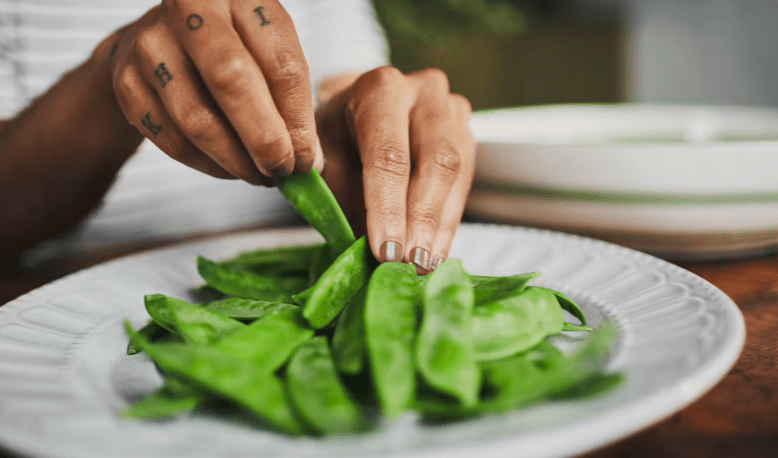
In conclusion, growing mangetout can be a rewarding and nutritious addition to your garden. By following the tips provided in this article, you can ensure a successful harvest of these delicious and healthy vegetables. Additionally, incorporating mangetout into your diet can provide a range of health benefits, including increased intake of vitamins and minerals, as well as dietary fiber. Consider adding mangetout to your garden and your diet for a delicious and nutritious addition to your lifestyle.
Frequently asked questions And Answer
Mangetout, also known as snap peas, are best grown in cool weather and well-drained soil. They should be planted in a sunny spot with support for their vines to climb. Regular watering and fertilizing will help them thrive.
Mangetout are low in calories and high in fiber, making them a great option for weight management and digestive health. They are also a good source of vitamins C and K, as well as minerals like iron and manganese.
Mangetout should be harvested when the pods are still flat and the peas inside are just beginning to form. Overripe pods will be tough and less flavorful.
Yes, mangetout can be grown in containers as long as they have enough space for their vines to climb and proper support. Make sure the containers have good drainage and are placed in a sunny location.
Aphids and powdery mildew are common pests and diseases that can affect mangetout plants. Regular inspection and proper care can help prevent and manage these issues.
Mangetout can be eaten both raw and cooked. They are often added to salads for a crunchy texture, but they can also be quickly stir-fried or steamed to preserve their crispness.
Mangetout plants usually take about 60 days to reach maturity and start producing pods. However, this can vary depending on the specific variety and growing conditions.
Mangetout plants thrive when planted near carrots, cucumbers, and radishes. These companion plants can help deter pests and provide a more diverse and beneficial growing environment.

